The Soto Dolmen (Dolmen de Soto) is an underground structure in Trigueros, Andalusia, Spain. Also known as “Underground Stonehenge”, this megalithic site, built 4,500 to 5,000 years ago, is one of about 200 past burial sites in Huelva.
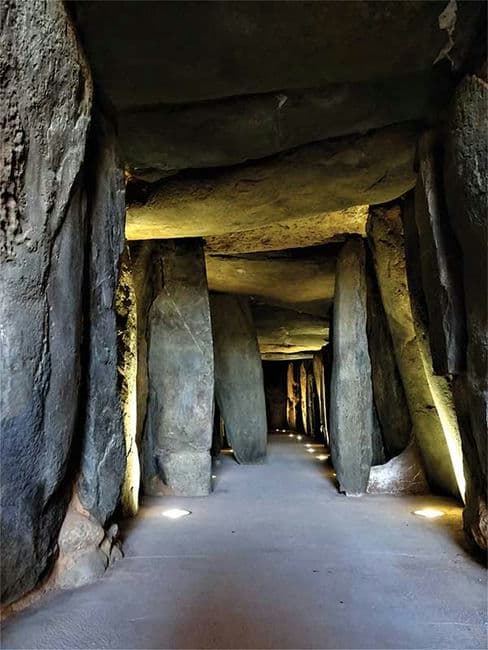
The dolmen consists of a circular mound with a long passage leading to a chamber where eight human remains were found along with various artifacts including cups, bowls, plates, daggers and marine fossils . But what makes this tomb truly unique is the presence of engravings and paintings on some of the standing stones that line the passages and chambers. These images depict people, cups, knives and geometric forms, and reveal a glimpse into the beliefs and practices of the people who built and used this mausoleum.
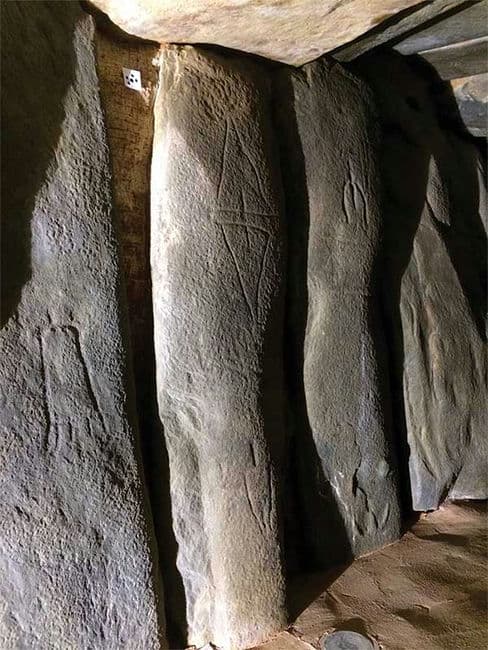
The origins of Neolithic tomb construction in Europe remain a mystery. We know, however, that the Neolithic revolution began around 10,000 BC in what is now the Middle East, but the development and spread of tomb architecture in Europe remains unclear. .

By the 5th and 4th millennium BC, passage tombs became more common, likely originating from earlier tomb styles in Eastern Europe. The appearance of dolmens of this type may have begun in the Iberian Peninsula before spreading north to parts of Atlantic Europe.
Dolmen de Soto was discovered in 1923 by Armando de Soto Morillas, who wanted to build a new house on his property. He quickly realized that he had stumbled upon an ancient site and contacted German archaeologist Hugo Obermaier, who excavated and recorded the dolmens from 1924 to 1926.
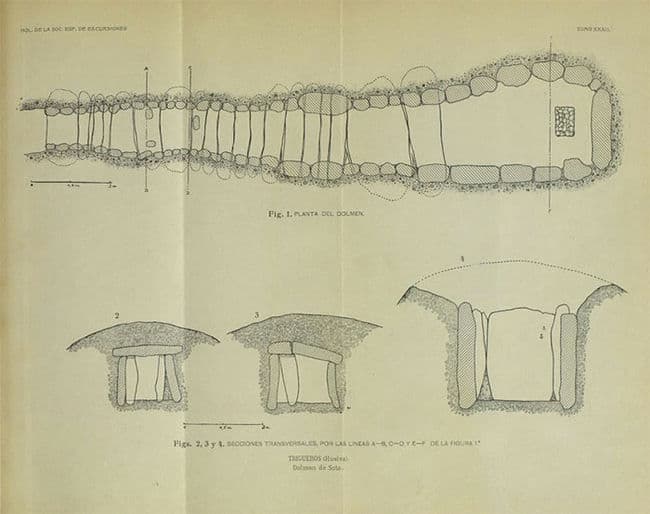
While the Andalusia region has about 1,650 such Neolithic burial sites (Huelva province alone has about 210), the Soto dolmen is the most unique structure among them because it stands apart, and is different from the others. with the concentrated architectural styles of other places.
Looking at these tombs from the outside, their typical feature is a circular mound with an east-west entrance leading to an underground corridor. This corridor, called a passage, usually connects to the designated burial chamber
In the Dolmen de Soto, passages and rooms form one continuous and gradually expanding gallery. The stone pillars inside the corridors and rooms are carved with megalithic art, often accompanied by diagrammatic images. This work of art may have been created during construction or, more likely, while the tomb was in use.
In recent years, a team of researchers from Portugal, Spain and England conducted a comprehensive study of the carved and painted stones inside the dolmens. They used a variety of techniques, such as Raman spectroscopy, to record and analyze images that previous scholars had largely overlooked.
More than 60% of the vertical columns of the dolmen have engravings and pigment traces, illuminated using photogrammetric techniques. These images include a variety of motifs, such as circles, daggers, figures, cups, geometric forms and circular patterns, providing insight into societal changes. Neolithic period, especially in the context of the introduction and use of bronze and bronze weapons.
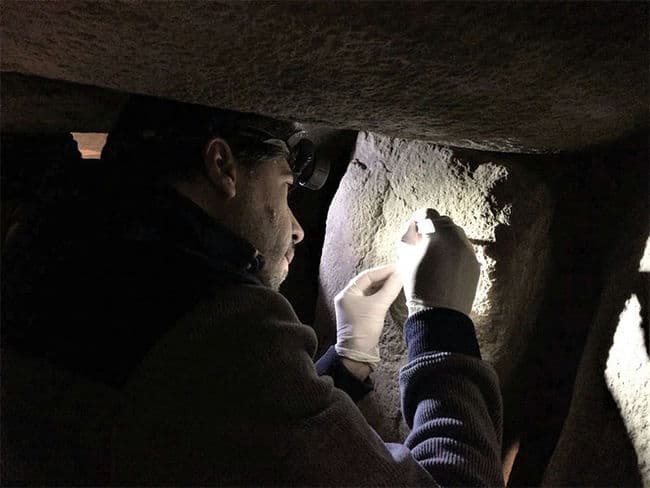
The team discovered that some of the inscriptions were created by reusing an old menhir (large vertical stone), while others were created during or after the construction of the dolmens. They also discovered that some of the paintings were made with red ocher, which was used as a pigment throughout prehistoric times.
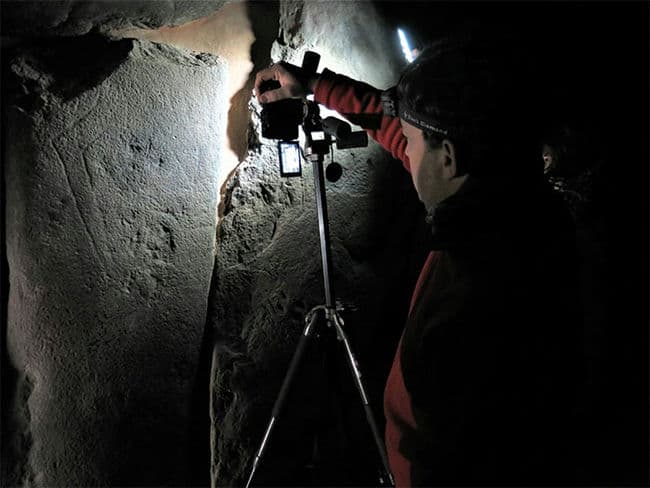
Researchers suggest that these images may have different meanings and functions depending on their location, orientation, and visibility in the dolmen. The presence of red pigment applied to the engravings suggests a deliberate action to enhance the visibility of some motifs.
The team is now trying to determine whether this was just for visual enhancement or whether the paint layer added effect to the engravings.
Dolmen de Soto is open to visitors who want to experience this remarkable monument for themselves. The entrance is on the west side of the mound, where a reconstructed gate provides access to the interior. The walkway is approximately 21 meters long and widens from 0.8 meters at the entrance to 3.1 meters wide towards the center. The room is about 3.9 meters high and circular. The passage and chamber are covered with 20 pyramidal stones that form the roof of the dolmen.

